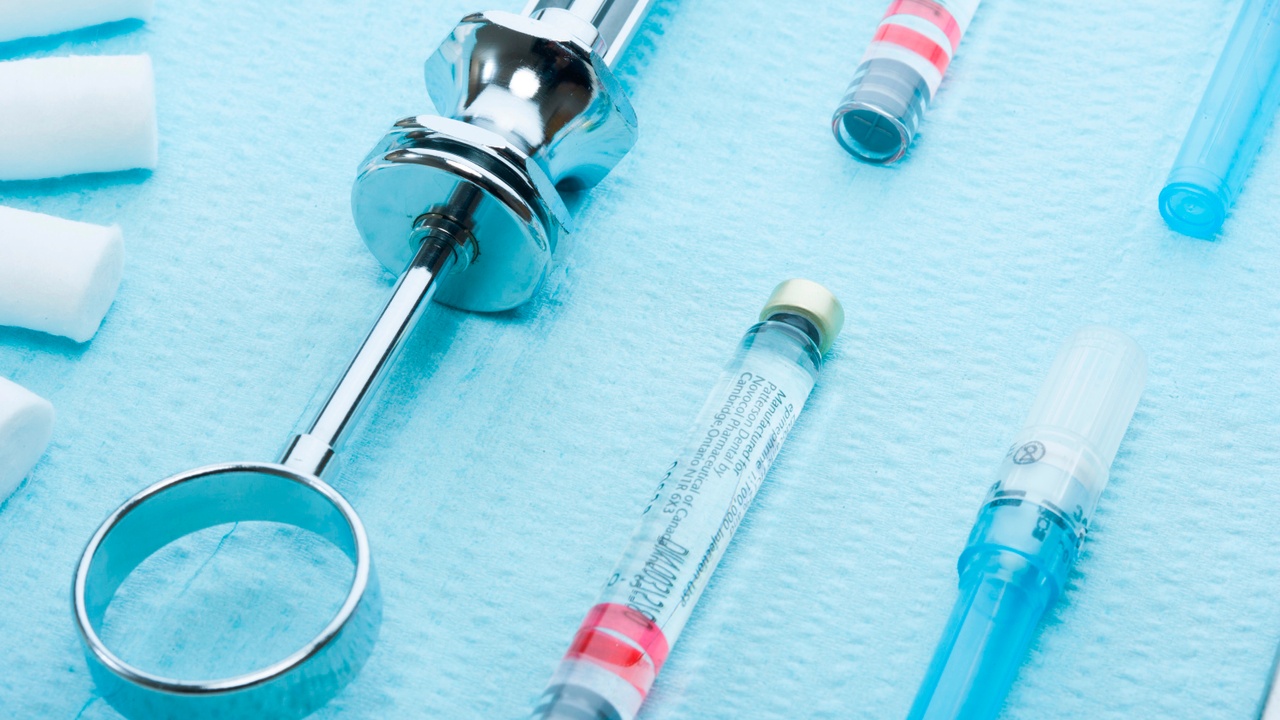
Local Anesthesia Dental 101: What Every Dental Hygienist Needs to Know
Sep 27, 2022Are painless injections possible? I think that depends on the person in the chair. I give good injections, and I want to share tips and pitfalls to avoid.
Local anesthesia dental refers to using anesthetic agents to cause temporary loss of sensation or feeling in some regions of the body, such as the mouth and throat. We use it daily to provide pain relief. Here are some essential things every dental hygienist should know about giving pain-free local anesthesia.
As a highly skilled clinical provider, you’ll want to ensure your dental hygiene patients feel as little pain as possible. Maximizing your patient’s comfort is the goal, so it’s essential to learn how to administer local anesthesia safely and efficiently. By reading this article, you’ll be able to help your patients overcome their fear of needles by revisiting standard techniques and ensuring best practices.
About Topical
Topical! It is easy, safe and ubiquitous. However, over the years, I have found it usually placed ineffectively. Topical does not need to be schmeared like cream cheese on a bagel. This leads to excess salivation, topical down the throat, and an uncomfortable experience for your patients. Less is more, and placing it over the injection site is critical.
For best absorption, you need to dry the tissue. A quick swipe with gauze will usually suffice. You need the topical placed directly where the injection will be given. It is fantastic if you are giving the injection but trickier if you place it for another provider. For SRP on max arch, you will likely need some topical above the second molar, second premolar, and canine.
Rate of injection! Slow is better.
All the textbooks recommend 2 minutes per cartridge. I believe the average injection rate is a fraction of that time. Strive for an injection rate that is a minimum of one minute per cartridge. Slow injection rate is the science behind computer-mediated delivery systems. These are products like The Wand and Dentopen. These systems do help provide comfort during injections but come at a substantial cost.
Two Ways to Maximize Comfort For Injections
As providers, we can reduce that discomfort in one of two ways.
1. Use an anesthetic without a vasoconstrictor.
There is Mepivacaine plain, often sold as Carbocaine, and Prilocaine plain, which is sold as Citanest. Increased patient comfort can be attained by using either of these two anesthetics. Their pH is more basic, and there is less discomfort on injection. The downside is the duration of action. Vasoconstrictors give us a longer working time. Choosing a plain version of anesthetic will require a shorter appointment, or you will need a second injection with another longer-acting anesthesia.
2. Buffer the anesthetic
All anesthetics on the market are acidic. The common analogy is the feel of lemon juice on a paper cut. As you can imagine, that’s not ideal. The solution? Buffering.
You’ll like this technique and have the added benefit of increasing the onset. Onset is a chairside buffering system. Its delivery system is clever. You can dispense a specific amount of sodium bicarbonate into the cartridge of anesthesia immediately before injection. The sodium bicarbonate buffers the anesthesia to a physiological pH. The patient is more comfortable, and the onset is quicker.
Are There Any Downsides to Buffering Anesthesia?
I can think of three:
- it is an extra step to add to a busy appointment
- it is about $3.00 per dose
- it has a short shelf life which can lead to waste.
Past recommendations of warming anesthesia cartridges are not recommended. Raising the temperature of the anesthesia from room temperature to closer to physiological temperature sounds good, but in practice, this leads to the degradation of the anesthesia and inadequate numbing.
Learn more at a dental hygienist local anesthesia course near me.


